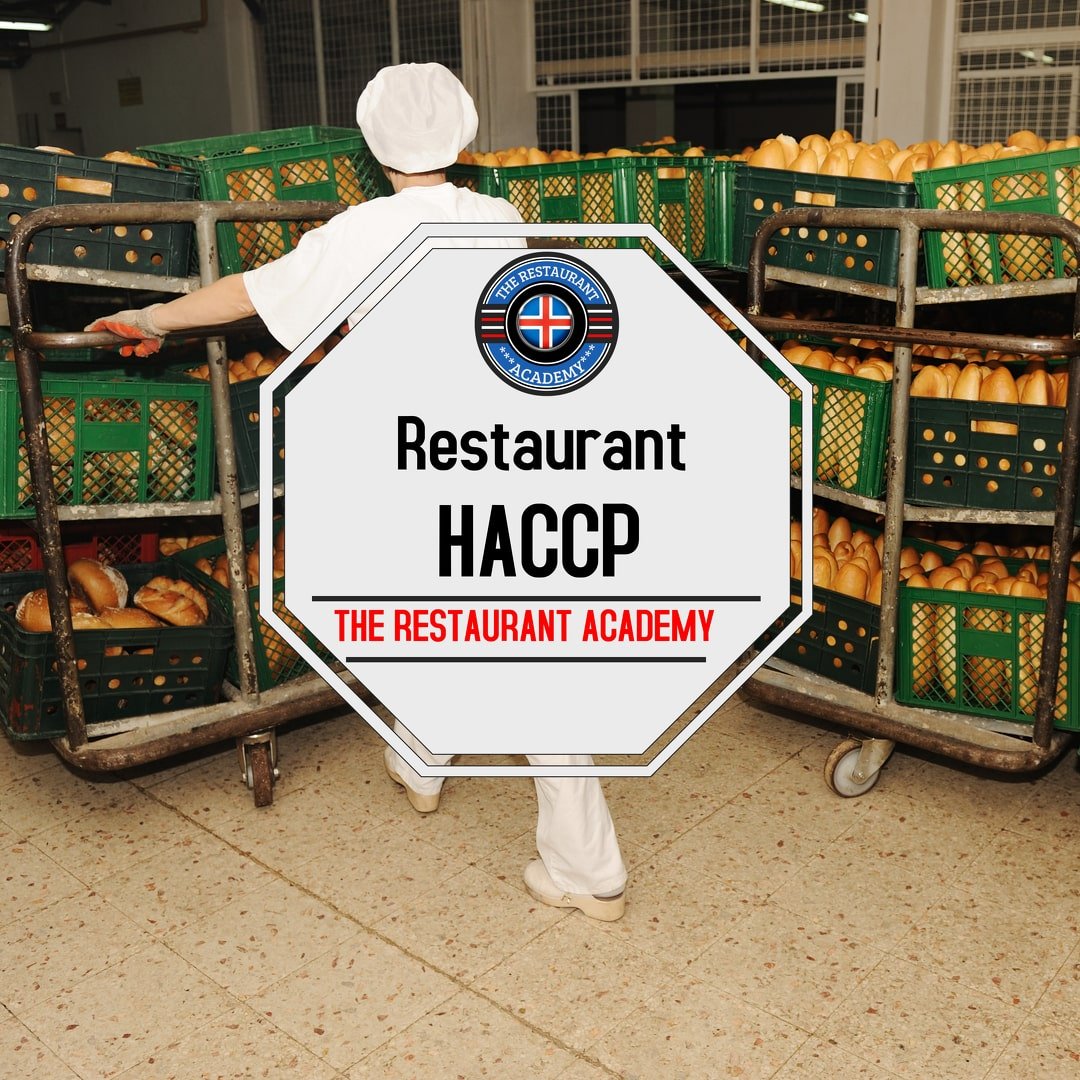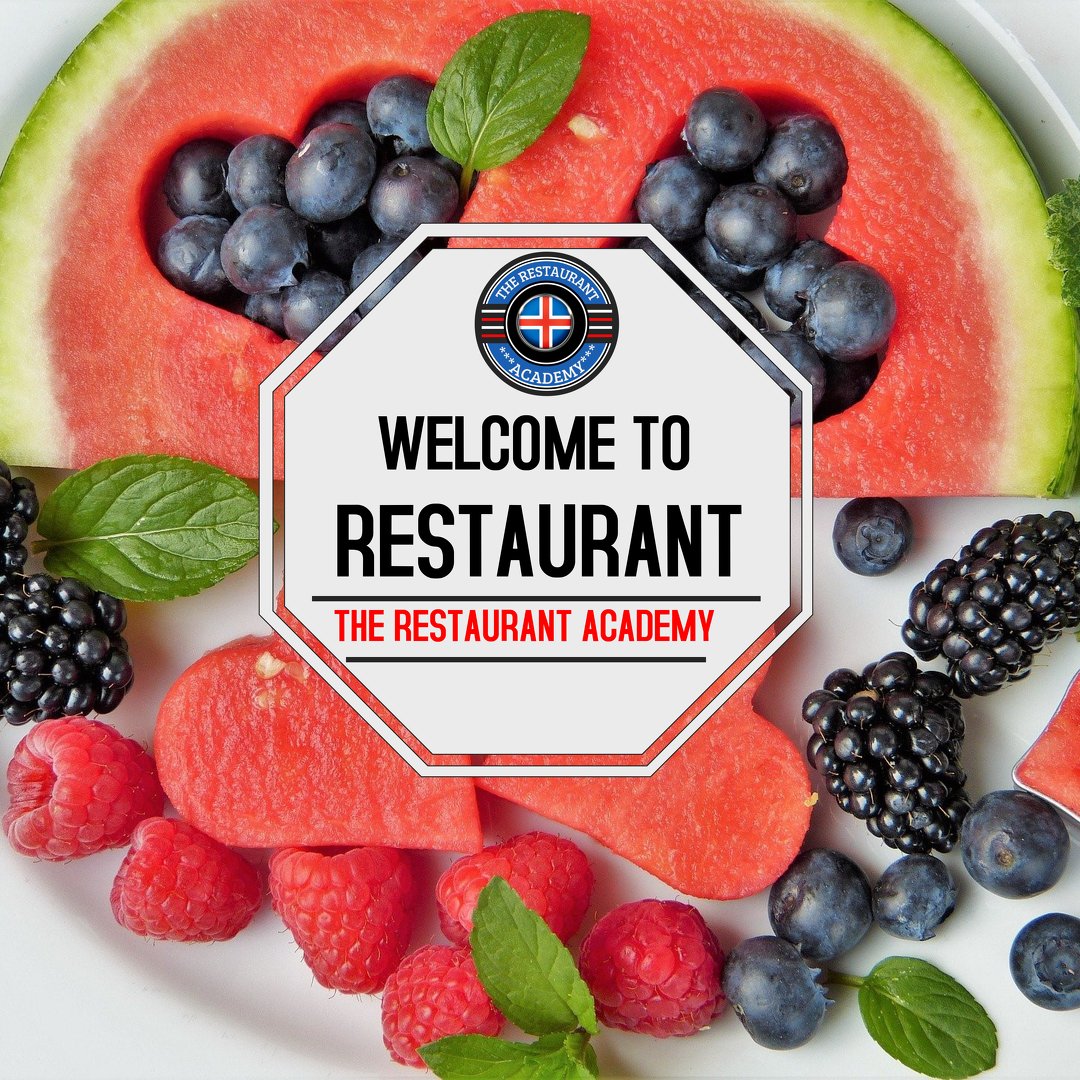“Rome was not built in a day.” Big restaurant chains have a similar story. Big restaurants are not big, just like that. They pay attention to certain things that their smaller counterparts miss. Interestingly, all famous restaurants have something in common. Why do you think people’s eyes shine when they have to eat at chain restaurants? The answer is simple. They know that the ambience, food, interiors, behavior of staff, and ultimately the value for money will stay the same everywhere they go. Try practising some or all of these features. I am quite sure that you can witness the difference yourself.
1. Lack of dependence
The most significant success factor of a big restaurant is its non-dependency on its workforce. Any popular restaurant’s hiring team would know the constant availability of qualified and trained personnel. Hence, if an employee is under the impression that the company will suffer a loss if he leaves it, he is utterly mistaken. You might argue that restaurants often retain leaving employees. Please do not mistake this as their helplessness, but consider it as their employee retention policy, which is dedicated to amicable relationships between staff and management.
2. You know, “What to expect.”
Great tasting food is an essential feature of a good restaurant. Irrespective of what you do to attract your guests, if the food is not better than your competitors, people will not return. This, however, does not mean that your offerings need to be unique. You can prepare something as commonplace as ‘pizza sauce’ and make it tasty; your restaurant can flourish. But who makes these super delicious food and cocktails and other beverages other than efficient staff? Restaurants hire chefs for their inventiveness and culinary skills.
3. Staff Investment
Any big restaurant will invest in training its human resource before onboarding an employee. Training includes fire accident or any other accident handling capabilities and dealing with children, the old and the handicapped. Certain firms enter into an agreement with their employees who cannot change their job for a fixed period of time. If you are dying for a promotion, you need to wait for a monthly evaluation before reaching the next step of the ladder.
4. Brand name and logo
Besides good food and investing in staff, good restaurants have to spend a lot of money in creating a face for the company – a logo. Equally important is coining a catchy name. You can name a restaurant after the name of a food or the owner.
CREATE YOUR LOGO: CLICK HERE
CREATE YOUR RESTAURANT NAME: CLICK HERE
5. Loyalty/Membership programs
All popular restaurants have one thing in common. They love to gain customer loyalty, and they do this by customer loyalty programs. Daily food specials, on the house, loyalty credit cards where you can accrue starts or points, punch cards so that customers can reach a step closer to a reward with every punch every time they make a purchase are some examples.
6. Good service
With good food comes good service. Any good restaurant makes sure that each customer is treated with special attention. In case a local customer or patron visits the restaurant, he or she is handled the same way.
One of the most crucial aspects of a good restaurant is that the staff know their customers well. They talk to a customer as soon as they walk in and try to serve them the dishes and drinks they like. The restaurant maintains a balance between new dishes and seasonal menu and always tries to deliver the favorites of regular guests. They may proudly advertize their grilled rabbit with honey mustard sauce, but they will happily prepare the steak and Caesar salad you love them for.
7. Perfect menu design
Make sure that your menu is designed smartly so as to attract visitors and compel them to order. If you look carefully, you can identify several differences between the menus of a popular restaurant and one which hardly attracts guests. As a starter, you may categorize the menu into segments like Soups/Salads, Quick Bites, Main Course, and Desserts. But just check that the menu items do not overlap. When it comes to the layout, pay attention to the restaurant’s theme. Opt for earthy and warm tones and easy to read fonts.
Place your high-profit items at the top right corner of the menu. Why? Because people commence reading from the top right corner of the menu. Now that we have discussed the items in a menu, it is time to inform that the item descriptions should be short and clear so that customers understand what the dish is made of.
How to create a perfect menu Card: CLICK HERE
8. Environmental responsibility
CSR or corporate social responsibility plays a crucial role in big companies.
Besides serving tasty food, good restaurants show their care for customers by conducting charity work and helping with philanthropic causes by following certain sustainable practices. It is a way of valuing without disturbing the marketplace, the workplace, the environment, and the community. CSR creates goodwill, which is important for generating loyalty among customers. Also, it contributes towards creating a positive work atmosphere, thus improving the restaurant’s reputation.
9. Uniform code
Go to any famous restaurant, and you will find the waiters and other staff wearing uniforms. I don’t think you need an introduction to the importance of uniforms. But for the uninitiated, uniforms are a source of discipline and unity. They bring a sense of fellow feeling. If you are wondering why your restaurant is losing footfall, the lack of uniform may be a reason. Your guests probably do not even realize who the waiter is.
10. Finance backup
Do you have a low start-up capital? Your capital should depend on the type of restaurant you are about to launch. I know many restaurant owners who had to start the business in a hurry in order to pay off their debts to the bank. Besides the capital, operational funds are also important. Do you have adequate money to run your business till the time you begin to make profits?
11. Location and franchise option
All big restaurants are located strategically so that guests can reach and stay for long hours without fearing how they would return home. Again, with the same hospitality, food, and the same training of the staff, the success of franchise outlets varies greatly. A restaurant located in a popular place is definitely going to see a higher footfall than one in a remote place. Consider your target audience and the concept of the restaurant to decide upon the location.
12. Constant improvement
Evolution is the only constant. Every popular restaurant tries to improve its services, food, and an appearance by innovating newer approaches and styles. There are some restaurants that hold on to their customs and menus, but even then, they try to adhere to the things that make them famous and unique.
13. Targets
All famous diners have a target client. While some restaurants aim to cater to the demands and likes of the high-class customers, others try to attract the student crowd or even the middle-class crowd. McDonald’s has a wide customer base, right from the discerning elite to the students.
14. Reservation
How many times have you visited a popular restaurant without booking in the peak season and got a seat easily? The answer will be yes, in rare cases. Hence, reservation holds a pivotal spot in the fame of many businesses.
15. Interiors (open space, walls, furniture and more)
Successful restaurants do not invest huge amounts of money to create the ideal atmosphere just like that. The truth is that the set-up goes a long way in determining the loyalty of customers. The right mood, a great location, and a wonderful interior set the right mood. Background music, decor, comfortable seating, openness, and lighting are some of the factors making the restaurant worth a visit.
16. Hospitable atmosphere
Go to any popular restaurant, and you will know that they inevitably have a friendly and relaxed friendly. The music is essentially not very loud to allow customers to talk comfortably.
17. Hygiene and cleanliness
The whole facility should be kept spotlessly clean. Eating areas should be wiped clean as guests get upset about seeing a dirty table. The kitchen and storage areas are also clean in order to avoid spoiling food that may claim the reputation of the restaurant.
18. Management Skills
A successful restaurant’s management team is well-trained and understands the needs to bring a balance between labour costs, preparation of food, and overhead costs on the one hand and selling prices on the other. Understanding that happy staff leads to happy customers is crucial in this position.
19. Regular Stock take
Almost all famous restaurants implement stock/inventory control software to gather information about where waste happens so that hotel managers can monitor inventory. If the managers become tech-savvy and learn how to use these software, they can determine why and when losses occur. They can plan menus and set prices easily and quickly based on the current costs of the supplier as well as alterations in operating expenses.
20. Pricing
The price is a crucial consideration when people are dining out. It brings into consideration various aspects and not just the taste of the food. The overall experience is also counted when restaurants charge more than others. If the prices appear unreasonable, customers can get upset, leading to reduced repeat business. On the contrary, if the prices are too low, guests will get suspicious of the quality of the food and service. This is why reputable restaurants strive to set a balanced price so that customers do not complain about the price and feel that they are getting value for their money.
BONUS: Marketing
A successful marketing plan is counted among the critical aspects of a popular restaurant. If you think that word of mouth is enough to make a diner famous, you need to correct your ideas. It is true that some legacy restaurants are famous without having to invest in marketing, but they are a class apart. Dominos and KFC would have been what they are had; they not advertised their ventures. There are 2 main types of marketing, namely, offline and online.
Offline – Local advertising, hosting events, and pamphlet distribution, among others, are considered offline marketing.
Online – Also called digital marketing, online marketing is an easy and popular way to reach out to customers. It mainly comprises email, social media marketing, SMS, and email marketing besides a constantly growing online presence.
Check our Restaurant Book for marketing Tips: CLICK HERE
If you have other ideas, do not hesitate to discuss them. Till then, try out the ones I mentioned.


